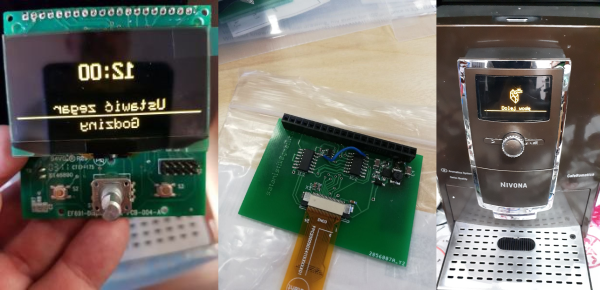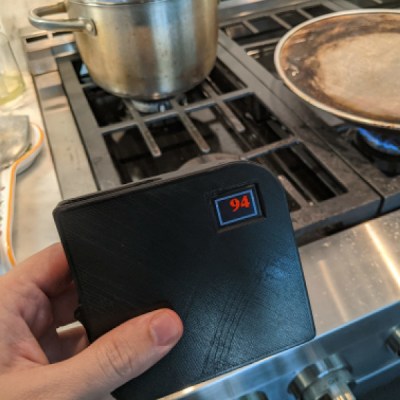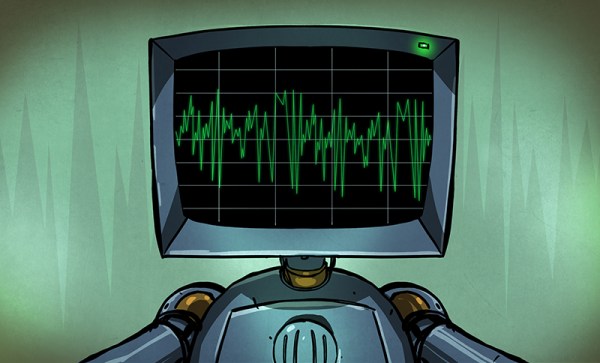We here at Hackaday are super-duper proponents of open source. Software, hardware, or firmware, we like to be able to see it, learn from it, modify it, and make it ourselves. Some of this is self-serving because when we can’t see how it was done, we can’t show you how it’s done. But it’s also from a deeper place than that: the belief that the world is made better by sharing and open access.
One of the pieces of open-source firmware that I have running on no fewer than three devices in my house right now is grbl – it’s a super-simple, super-reliable G-code interpreter and stepper motor controller that has stood the test of time. It’s also GPL3 licensed, which means that if you want to use the code in your project, and you modify it to match your particular machine, you have to make the modified version available for those who bought the machine to modify themselves.
So when Norbert Heinz noticed that the Ortur laser engravers were running grbl without making the code available, he wrote them a letter. They responded with “business secrets”, he informed them again of their responsibility, and they still didn’t comply. So he made a video explaining the situation.
Good news incoming! Norbert wrote in the comments that since the post hit Hackaday, they’ve taken notice over at Ortur and have gotten back in touch with him. Assuming that they’re on their way to doing the right thing, this could be a nice win for grbl and for Ortur users alike.
Inside the free software world, we all know that “free” has many meanings, but I’d bet that you don’t have to go far outside our community to find people who don’t know that “free” software can have tight usage restrictions on it. (Or maybe not – it all depends on the license that the software’s author chose.) Reading software licenses is lousy work better left for lawyers than hackers anyway, and I can no longer count how many times I’ve clicked on a EULA without combing through it.
So what Norbert did was a good deed – educating a company that used GPL software of their obligations. My gut says that Ortur had no idea what they needed to do to comply with the license, and Norbert told them, even if it required some public arm-twisting. But now, Ortur has the opportunity to make good, and hackers everywhere can customize the firmware that drives their laser engravers. Woot!
It’s probably too early to declare victory here, but consider following Norbert’s example yourself. While you can’t bring a lawsuit if you’re not the copyright owner, you can still defend your right to free software simply by explaining it politely to companies that might not know that they’re breaking the law. And when they come around, make sure you welcome them into the global open-source hive mind, because we all win. One of us!





















